Captain Cook Monument: Tours y Actividades
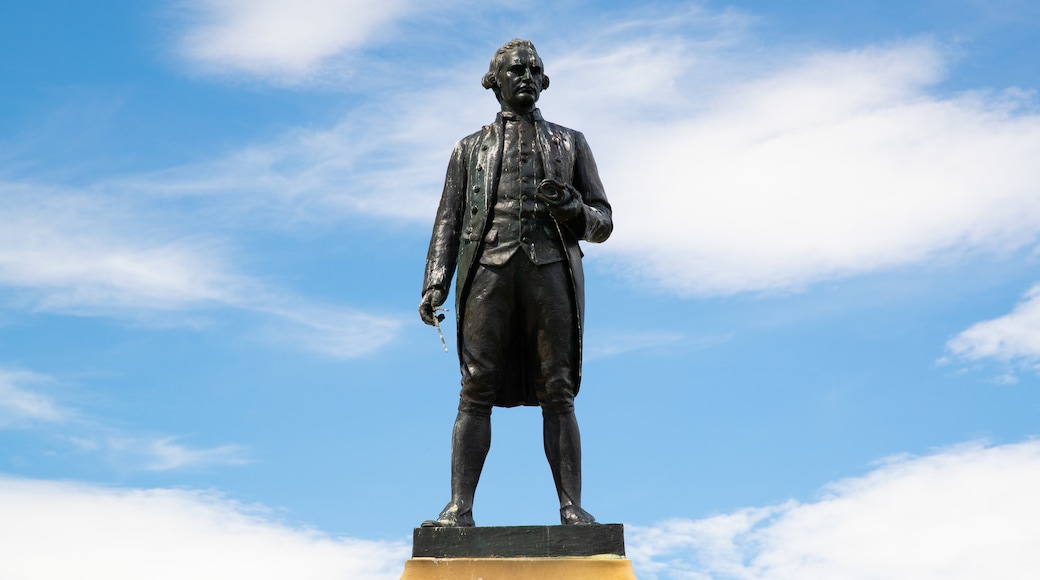
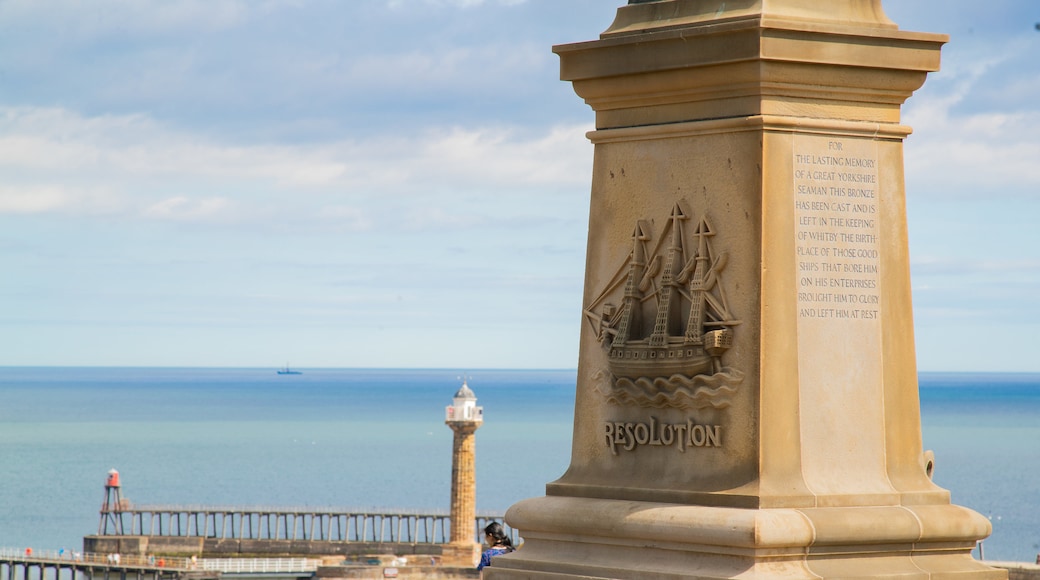
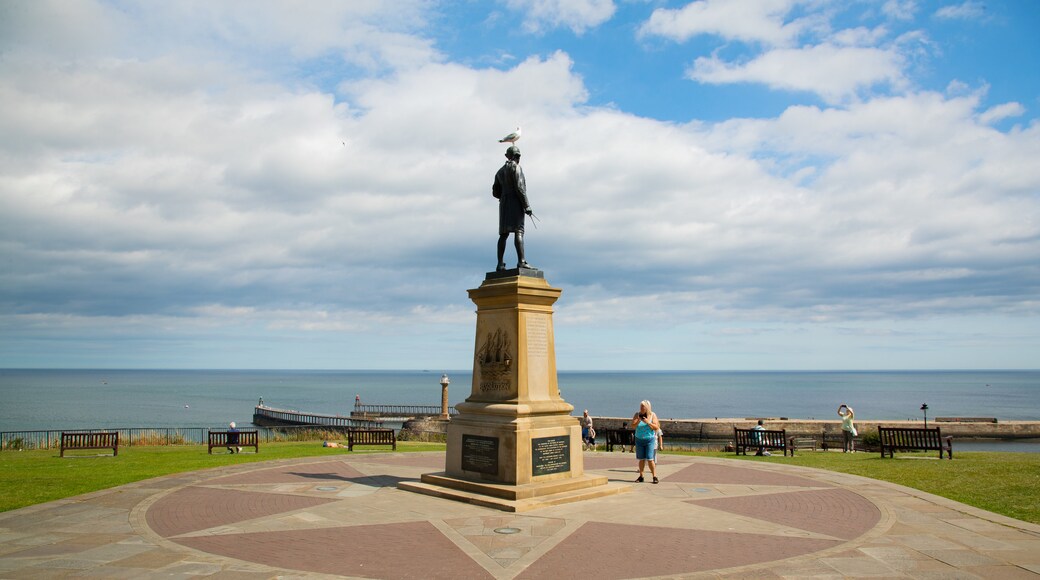
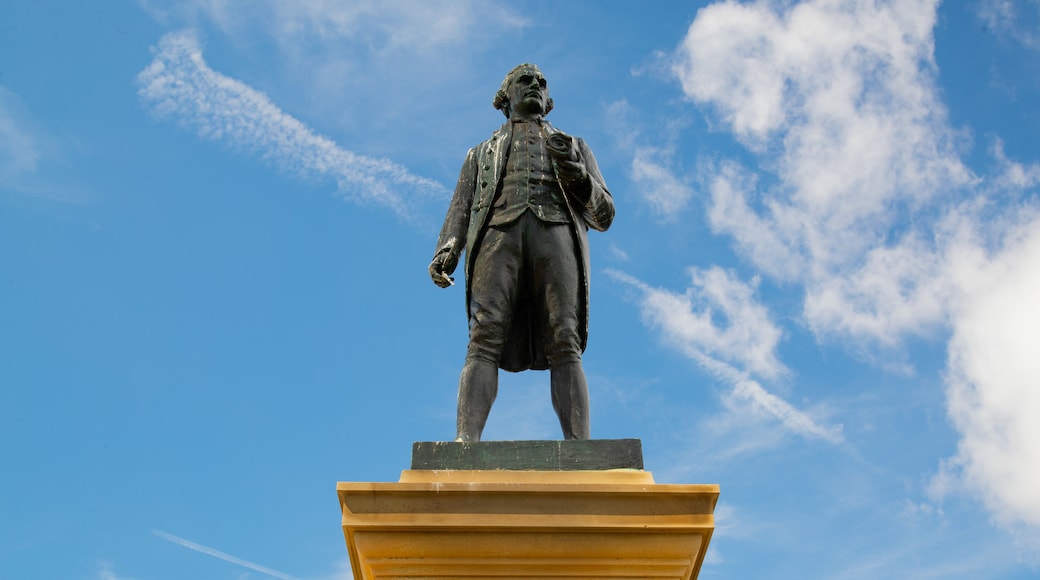
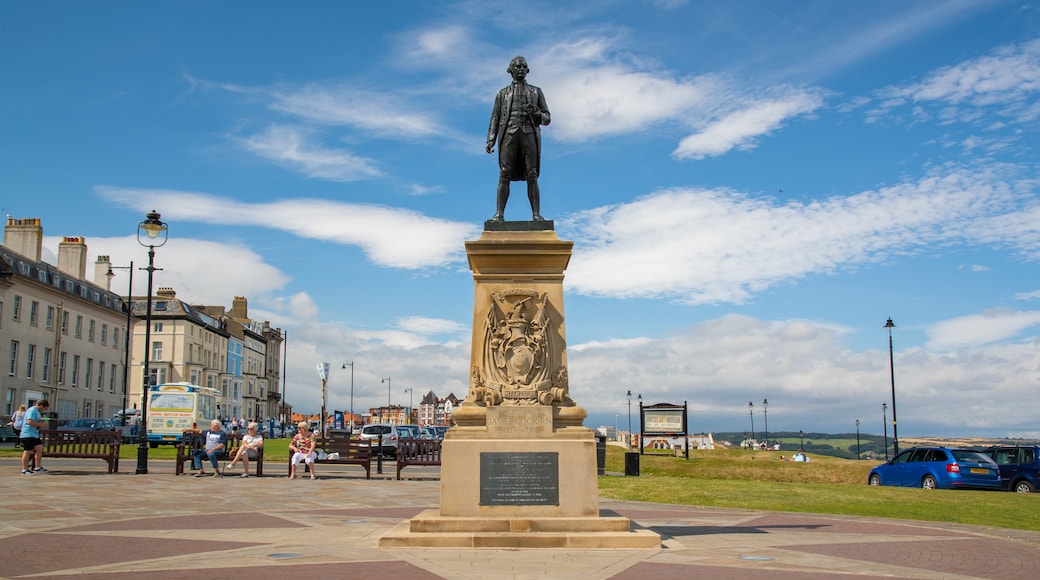
Visita Captain Cook Monument
Haz planes y viaja a Captain Cook Monument


Sitios más populares para visitar
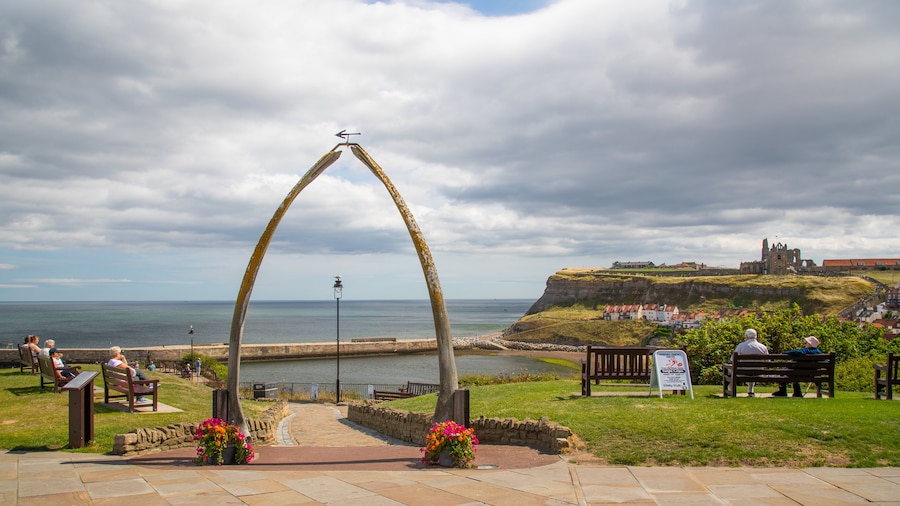
Whalebone Arch
Para conocer mejor la historia de West Cliff, solo tienes que visitar Whalebone Arch. Cuando estés en esta zona tranquila, el mejor plan es contemplar la vista desde el puerto y disfrutar de sus increíbles restaurantes.
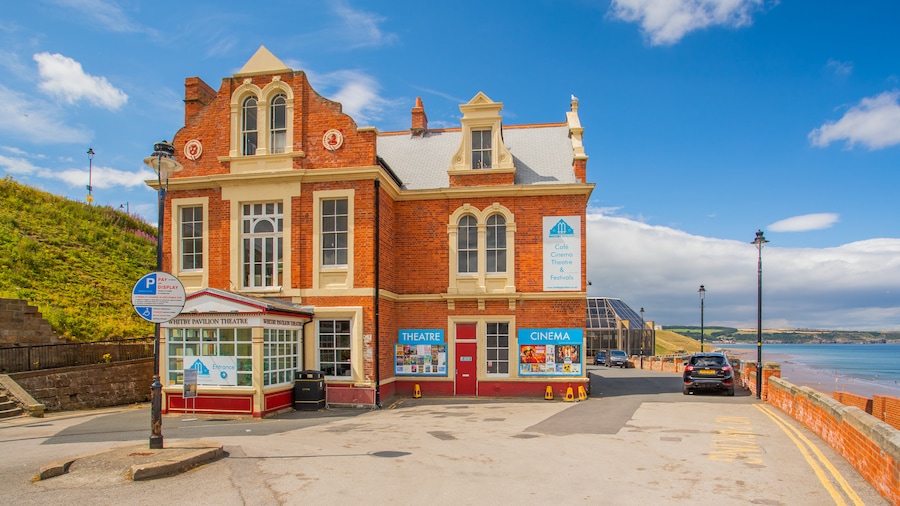
Pabellón de Whitby
Una vez que visites Pabellón de Whitby, guarda tiempo para conocer más atracciones de West Cliff. Acércate hasta el puerto y las hermosas playas de esta zona tranquila.
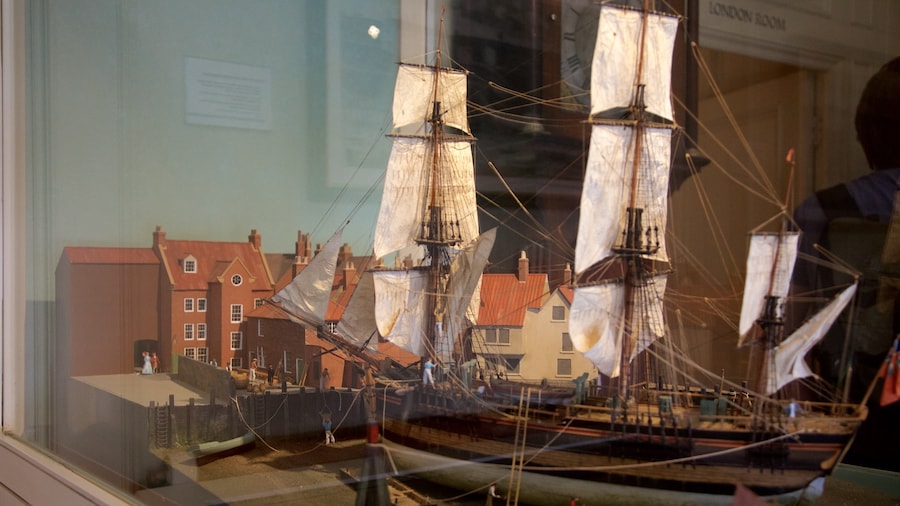
Captain Cook Memorial Museum
Observa las obras de arte, los mapas y las cartas para conocer la historia de las primeras grandes expediciones por Europa a través de los ojos de su líder.
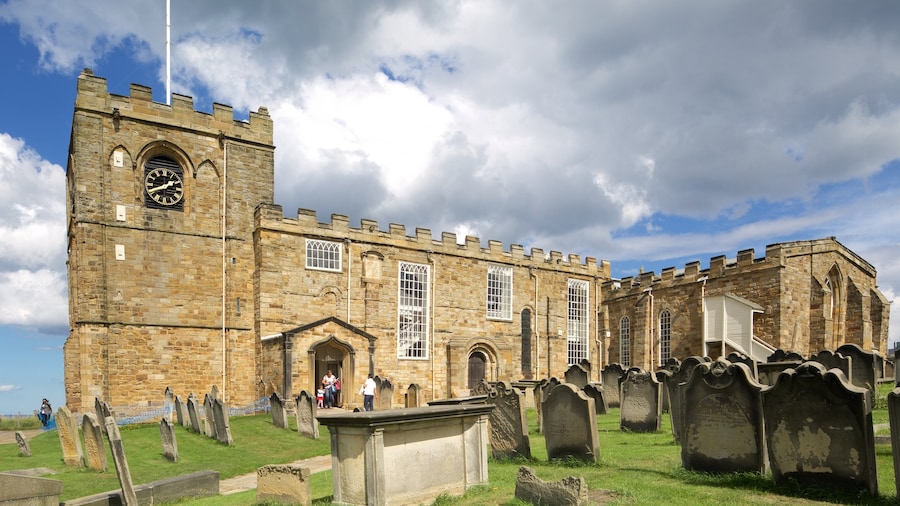
Iglesia de Santa María
Una vez que visites Iglesia de Santa María, guarda tiempo para conocer más atracciones de Whitby. Pasea por el puerto de esta zona tranquila y disfruta de sus propuestas para salidas nocturnas.
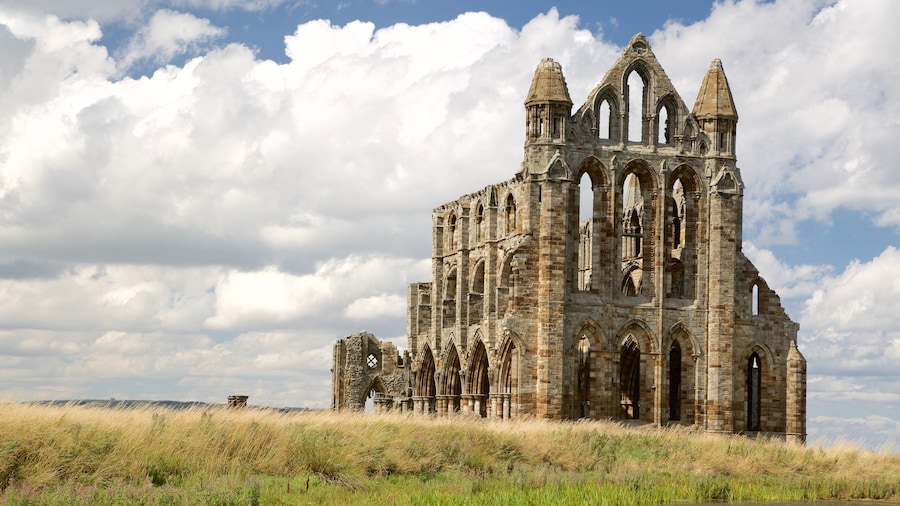
Whitby Abbey
Conoce la historia de Drácula en este impresionante monasterio del siglo XIII y disfruta sus figuras talladas, sus historias fascinantes y su espectacular vista de la costa.
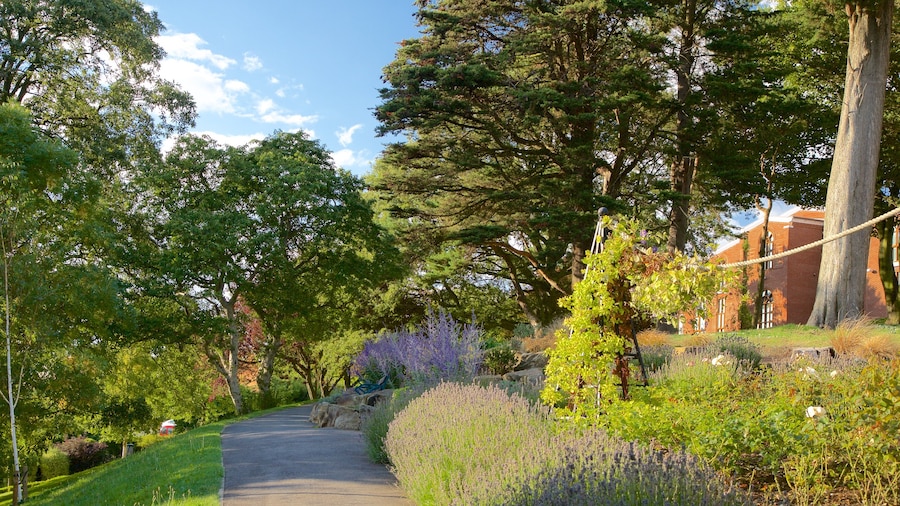
Museo de Whitby
Cuando viajes a Whitby, pasa un rato entre las exhibiciones del Museo de Whitby, un museo con historia propia. Pasea por el puerto de esta zona con una rica herencia cultural y disfruta de sus increíbles restaurantes.
Ofertas para los mejores hoteles
Consulta disponibilidad de hoteles cerca de Captain Cook Monument

Royal Whitby

Penny Hedge, Whitby by Marston's Inns

La Rosa Hotel

The Dolphin

The Riviera Guest House

The Lansbury - Whitby

Argyle House

Whitby Bridge Luxury Apartments

